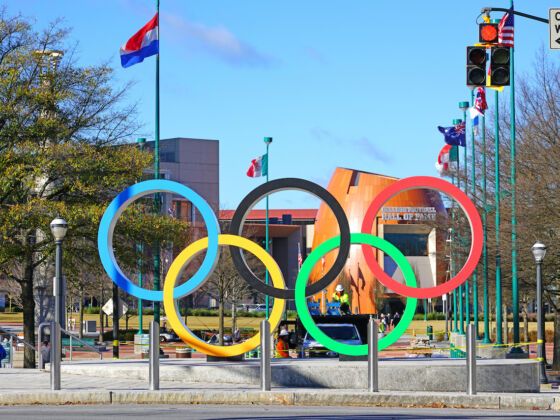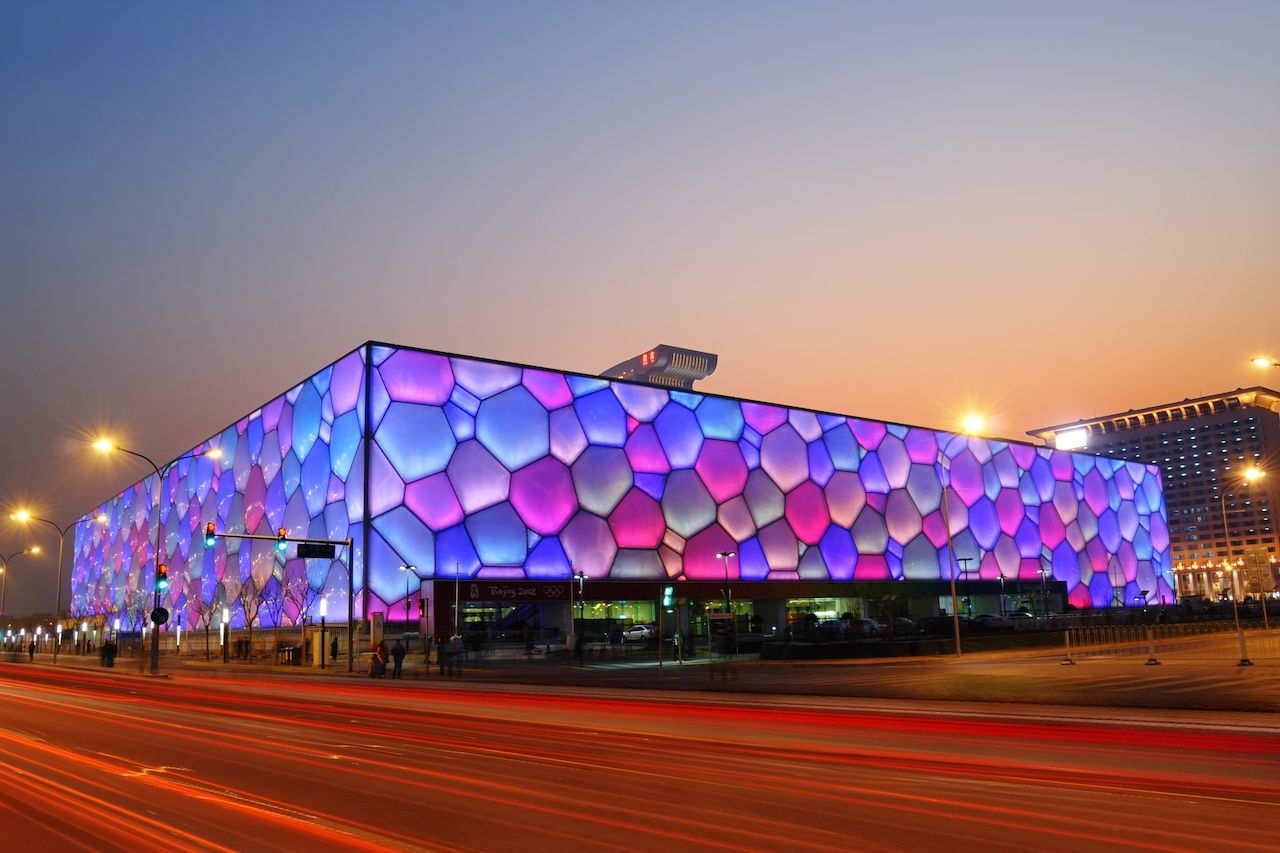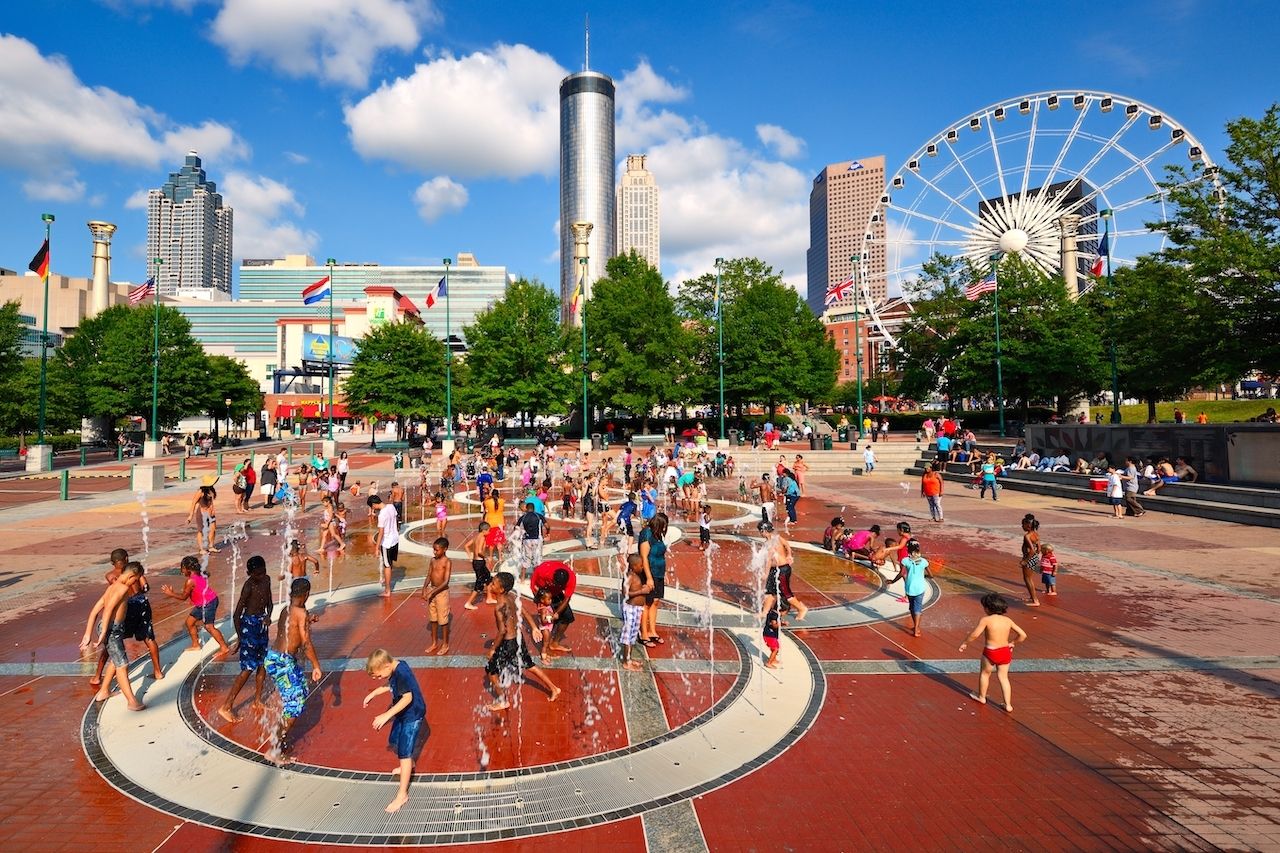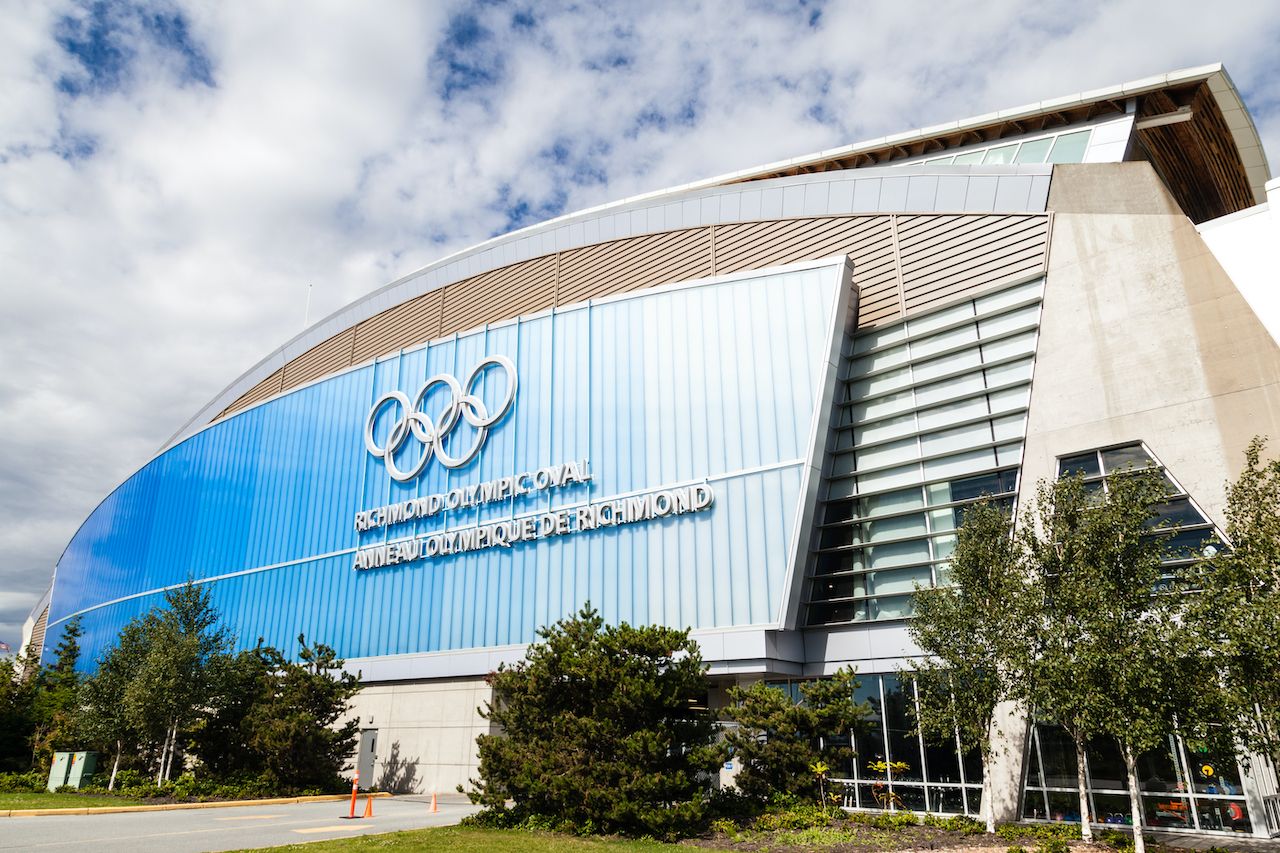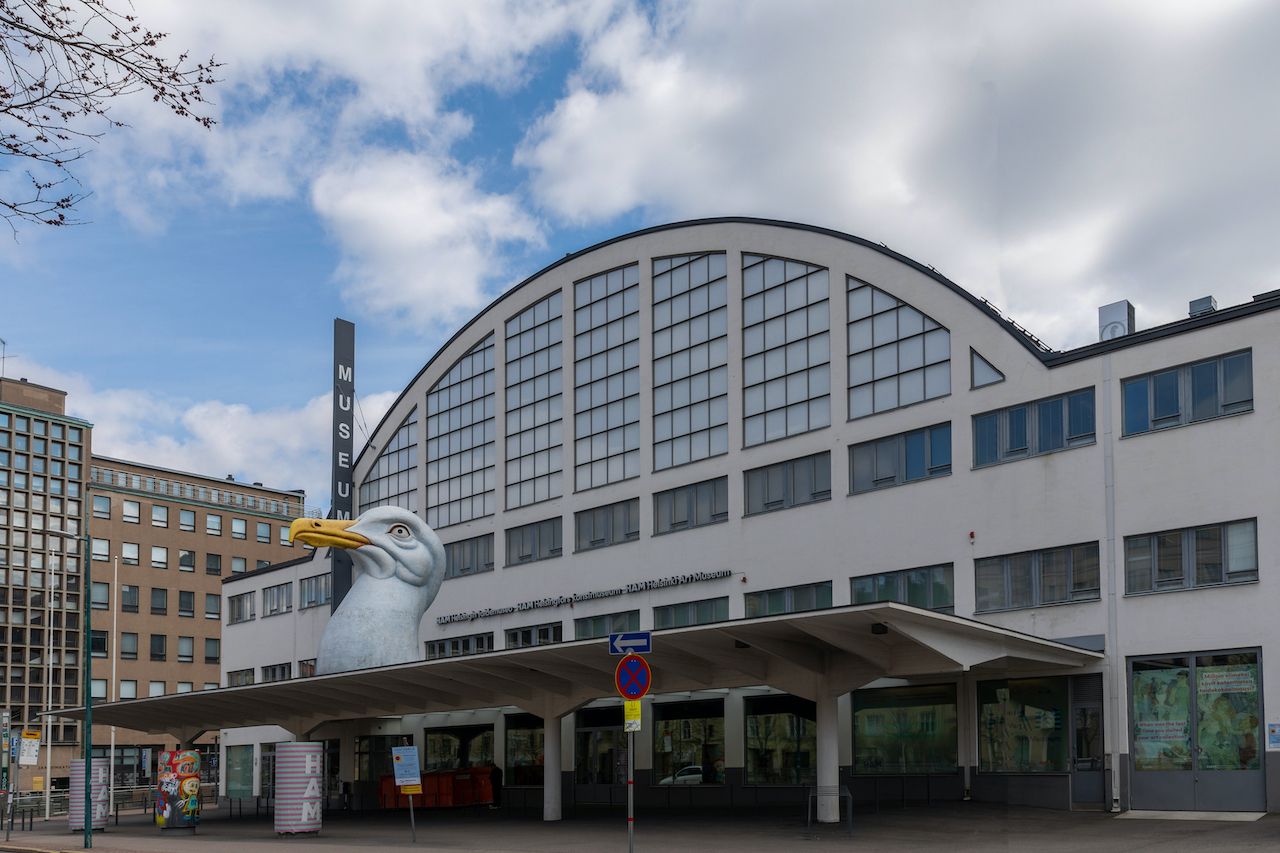Delayed multiple times, the long-awaited Tokyo Olympics are finally set to take place at the end of July, but without any crowds in attendance. It sounds anticlimactic, especially after the yearlong wait. We can’t see the architecture and the work that Tokyo put in as the host city in person this year. Still, there’s always a chance the infrastructure will survive and take on a new life and purpose after the games.
While it’s true that some Olympic sites are abandoned after they serve their purpose, there are beautiful Olympic villages from years gone by you can still visit. There are also sites that’ve been creatively repurposed as urban renewal projects, athletic arenas, waterparks, and other venues that benefit the community. From China’s largest waterpark to a concert venue in Australia, these are the repurposed Olympic sites you can (and should) see in person.
